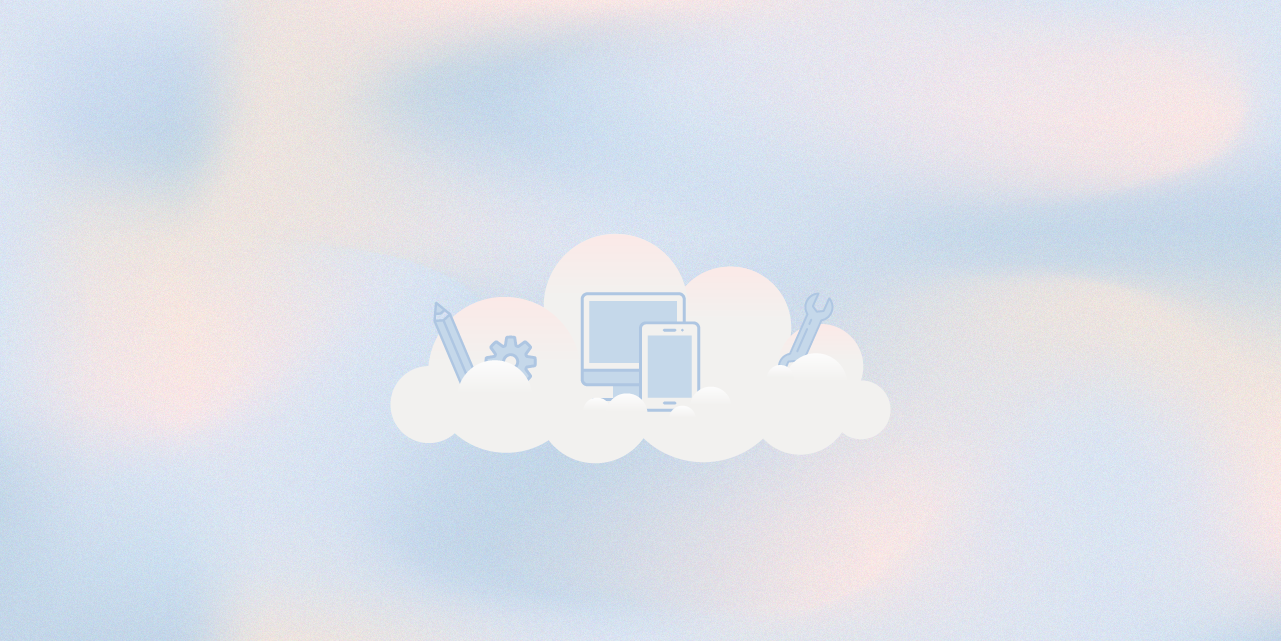Developing Your SAAS Tool
Codelation’s Quarterly Team Meeting
October 14, 2021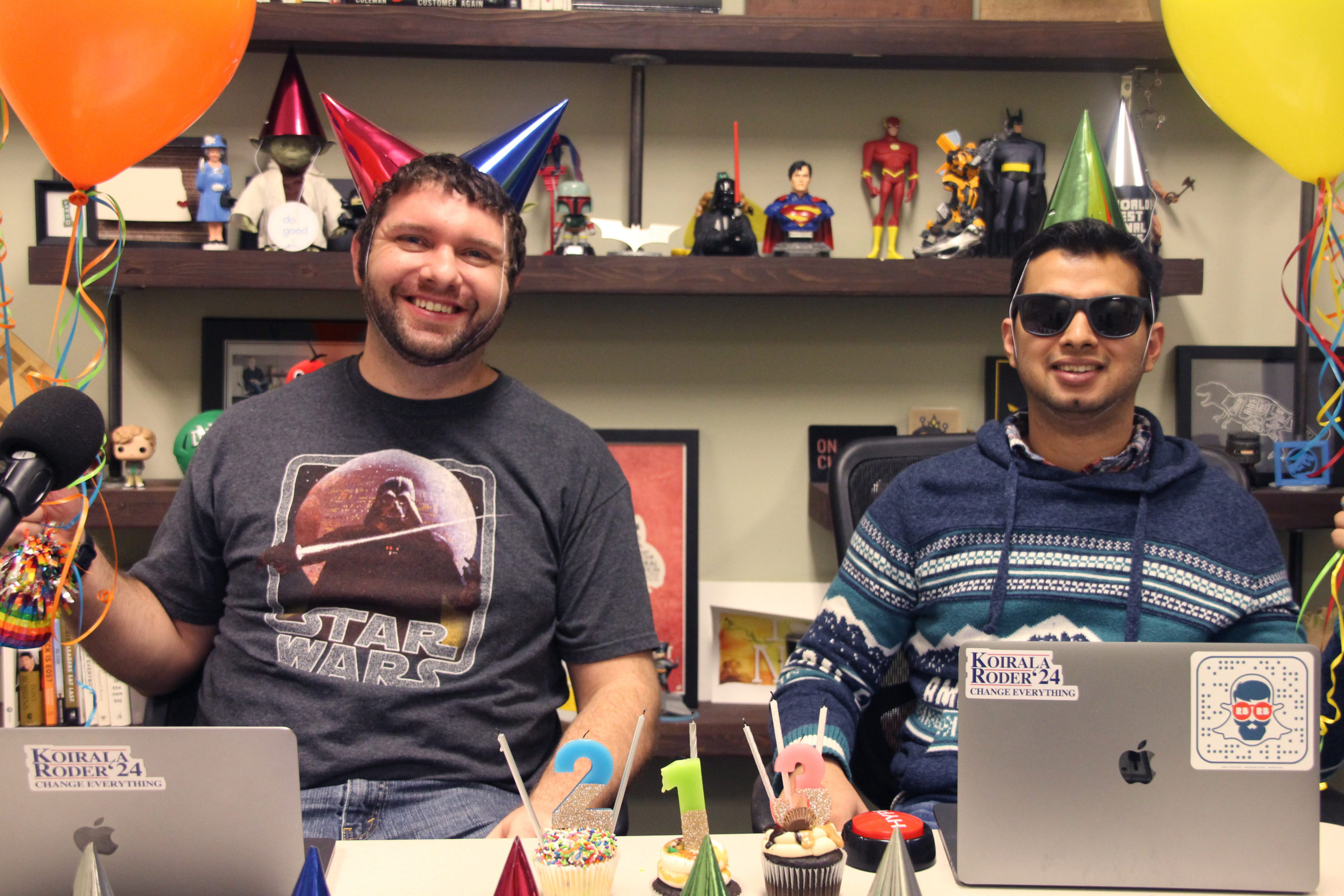
Festive Social Media- A Guide to Being Professional During the Holidays
October 27, 2021What is SaaS?
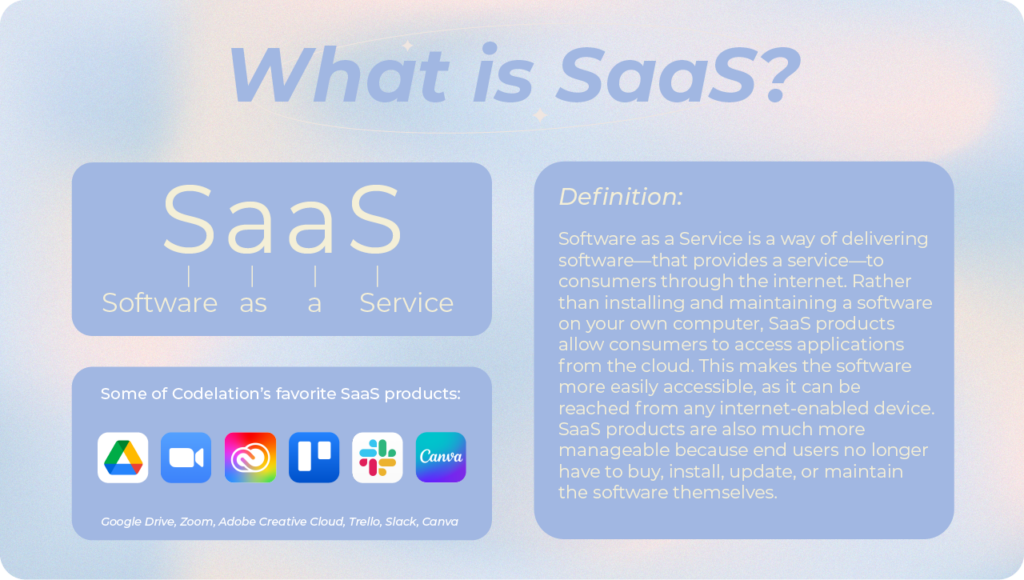
Contrary to popular opinion, there are more similarities to traditional software development than differences when it comes to SaaS. What is Saas? Software as a Service is more or less a way of delivering software over the internet as a service. Examples of SaaS would be Adobe Suite, Microsoft Office 365, Peloton, etc. Instead of installing software onto one’s device and purchasing a new version when it releases, SaaS allows the software to be accessed through the internet. The internet provides immunity from complex software maintenance and hardware management. Taking away the need to buy, install, maintain and update software makes not only accessing the service but continuously utilizing it much easier and satisfactory. Another important distinction with SaaS is that it is often paid within a subscription model. Not having to pay a copious amount of money upfront grants access to a wider audience thus creating a larger pool of potential customers.
The SaaS Development Process
SaaS Lifecycle:
To understand the SaaS Development Process, we have to acknowledge the Saas Lifecycle. The SaaS Lifecycle has four individual phases beginning with the Startup Phase.
Startup Phase:
In the Startup Phase, in-depth dissection of all components of the service in development is crucial to validating the software. A revenue model and business plan are also developed at this point to ensure legitimacy. Another important element is the development of a prototype as well as the definition of an MVP according to the product owner. It is also pivotal to evaluate the differences present from competitors and capitalize on those attributes. Once all problems have been identified and complete validation has taken place, the final step is testing and quality assurance.
First Customers:
After the startup phase is completed, next comes the first customers. Identification of the target market not only ensures the market exists but that there is a desire for the product. Niching down on the target customer as much as possible paints a picture of who the service is being built for and consequently creates a higher quality product. Once the target audience is identified to the fullest extent, the next step is A/B testing. Experiment with different designs and strategies to see how your target market reacts and then analyzing the data to increase sales, retention, or user engagement. Finally, after identifying the target audience and testing their preferences, generating leads and compiling a customer database is the last step in this phase. It is essential to measure target audience retention, satisfaction, engagement, and even your approximate recurring revenue. For more information about your first customers, read 10 Ways to Build Your First 100 Allies.
Growing a SaaS-Based Company:
The third stage is all about the growth of the SaaS-Based Company. Keeping in mind that consistent organic growth is much better than a lighting fast accumulation of an audience, growth is beneficial regardless. However, with growth comes the demands of the customers. Being prepared to strengthen your databases, functionalities, and customer service around the SaaS is imperative with growth.
Stable Success:
Lastly, we have maintained stable success which is a culmination of customer satisfaction, team development, and company upgrades. Sustaining success includes the retention of customers and the overall growth in the quantity of the customers. The employees and teams within the company will also increase, therefore increasing costs. However, the growth in revenue will offset any increase in costs and resources. The main component to stable success is to never stop attempting to improve and upgrade the service and the company.
Why Saas?
To further drive the advantages of SaaS home, we will examine the top benefits of SaaS
Flexibility:
The extreme flexibility and unlimited resources that SaaS provides are eons ahead of traditional development. A cloud is a network of servers that can be located around the globe. Even if one server goes down, your application will remain online. This flexibility fuels the scalability of the SaaS as well. If the requirements increase, you can upgrade within a few clicks. Like upgrades, downgrades are also possible if deemed necessary.
Accessibility:
As long as your users have a connection to the internet, the service can be utilized from anywhere on the globe. These applications can be used across multiple devices with a single login and are instantly updated online rather than operating under a singular license. It creates more ease with updates and decreases the overall costs. It is also very important to grant access to your SaaS service from mobile devices. People check their phones at least five times per hour or up to eighty times per day! With that much time with users’ eyes on their screens, it only makes sense to prioritize the mobile experience first!
Subscription:
The fixed payment features are comforting to those that are careful with their money. This applies to both the software distributor (you) and the software consumers (your customers). Paying for only the time you use and the amount of data you store makes the user feel that their purchases are validated and transparent. A trial period also lets users see whether or not the service fits their needs. The benefit for the distributor is the consistent cash flow month after month rather than a one-time purchase and hoping the customers upgrade in the future. When users subscribe to the software without paying any money upfront instead of paying in full and then purchasing the software and installing it on their device, they are immediately more satisfied. Also, this pay-per-use model actually can encourage usage as people know they are actively paying for the service. The lack of additional expenses in combination with validated purchases makes SaaS more advantageous.
Human Relations + Customer Service:
One of the best ways to satisfy and retain customers is through excellent human relations in combination with customer service. SaaS allows you to focus on satisfying customer needs rather than constantly seeking new ones. Which it is important as you are 50% more likely to sell to an existing customer rather than a new customer. The ease of creating meaningful relationships with your customers inside of your application is unlike any other.
5 Tips for SAAS Development
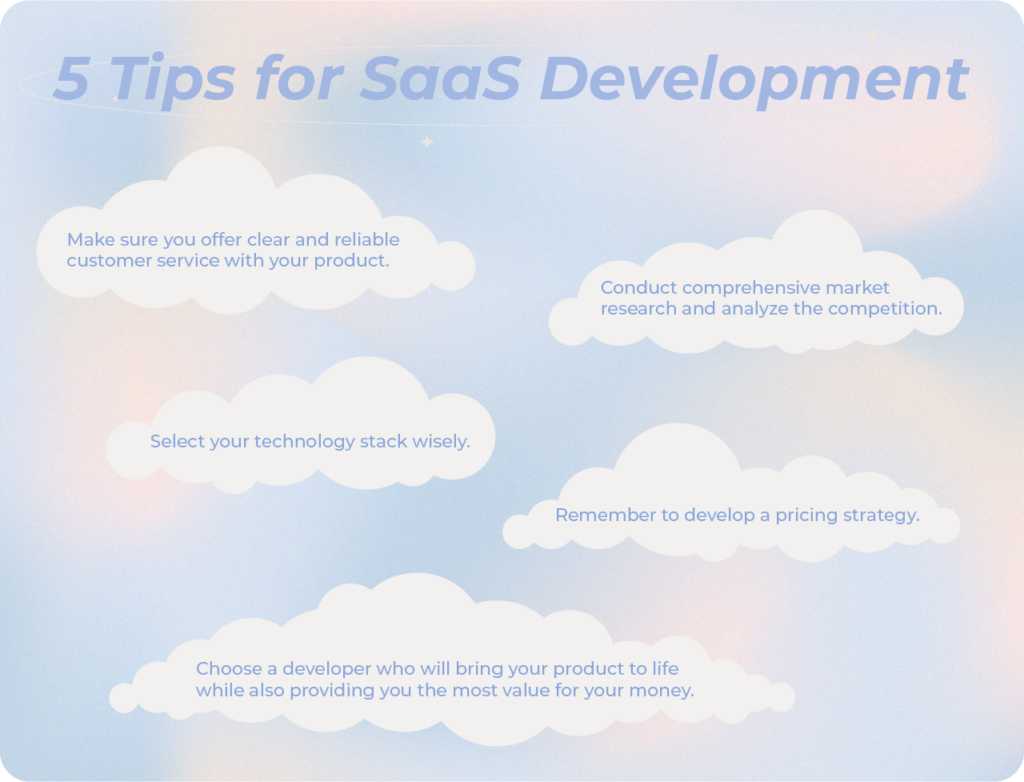
With the justification of why SaaS development is so advantageous in mind, we will examine five pointers when it comes to developing your own service.
Offering your customers a clear and reliable service establishes loyalty with your customers. Having clear and consistent customer service that benefits your customers is crucial. Quality customer service most often results in profitability when it appeals to a large audience.
Conducting comprehensive market research and analyzing your competitors is one of the best ways to get ahead as well. Figuring out what your target market loves or is annoyed by will help you shape your service. Being able to fix your customers’ annoyances as well as enable the characteristics they love will give you an edge over your competitors.
Selecting a technology stack will help you determine how you want your product built. Selecting a tool for client-facing components such as HTML & CSS or JavaScript Frameworks is the first step in creating your stack. Next is choosing a programming language as well as a framework followed by a relational database for back-end storage. Choosing a server is last and determined by your platform’s scalability, predicted profits, and initial start-up costs.
Developing a pricing strategy is essentially developing avenues for your customers to utilize your service and how many customers you would like to use your service. There are options for feature fees or duration subscriptions or even a one-time purchase with unlimited access to all features.
Choosing a developer for your service will greatly impact not only the process of development but the overall experience of the service. The SaaS development rates vary from country to country and outsourcing to certain countries can be more expensive than others.
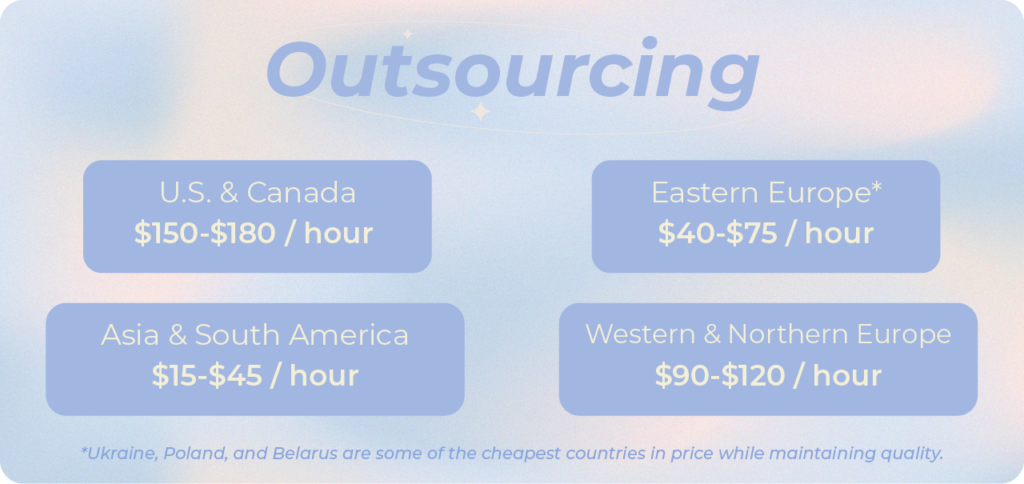
Hopefully, these tips and tricks on developing your SaaS tool provided you with some insight into what this process really looks like. From the process itself to the perks and benefits, developing your very own SaaS tool is totally doable and can be an extremely rewarding experience.
Want to read more about validating and marketing of your software or SaaS? Check out these articles:
